Soundbars vs surround sound speakers: which is best to boost your home theater?
Does a home cinema really need a mountain of speakers?
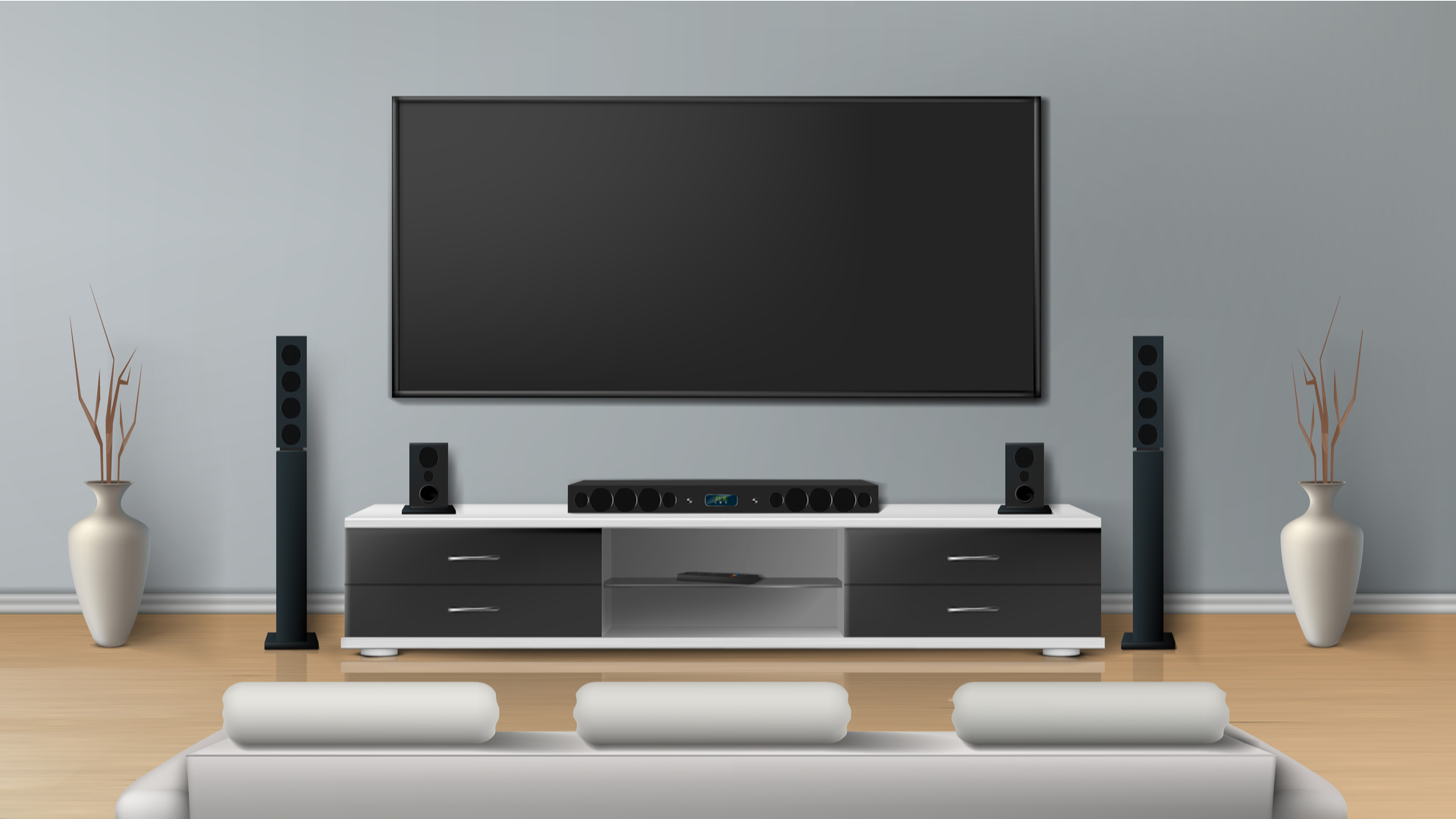
For decades following the explosion of home cinema back in the late 1980s, the only way to recreate the surround sound experience that had by then transformed the commercial cinema world was to spend big on filling your room with a series of speakers and an expensive multichannel amp or receiver.
Eventually, of course, the AV industry cottoned on to the fact that this expensive, complicated and clutter-some process was holding many households back from fulfilling their home cinema dreams. This resulted first in ‘home cinema in a box’ packages and then, eventually, the ultimate in home cinema sound convenience: soundbars.
Not surprisingly, soundbars have taken the AV world by storm. But are home cinema fans right to have embraced them so wholeheartedly? Or has the push for convenience led too many people to overlook the potential advantages of a traditional surround sound system?
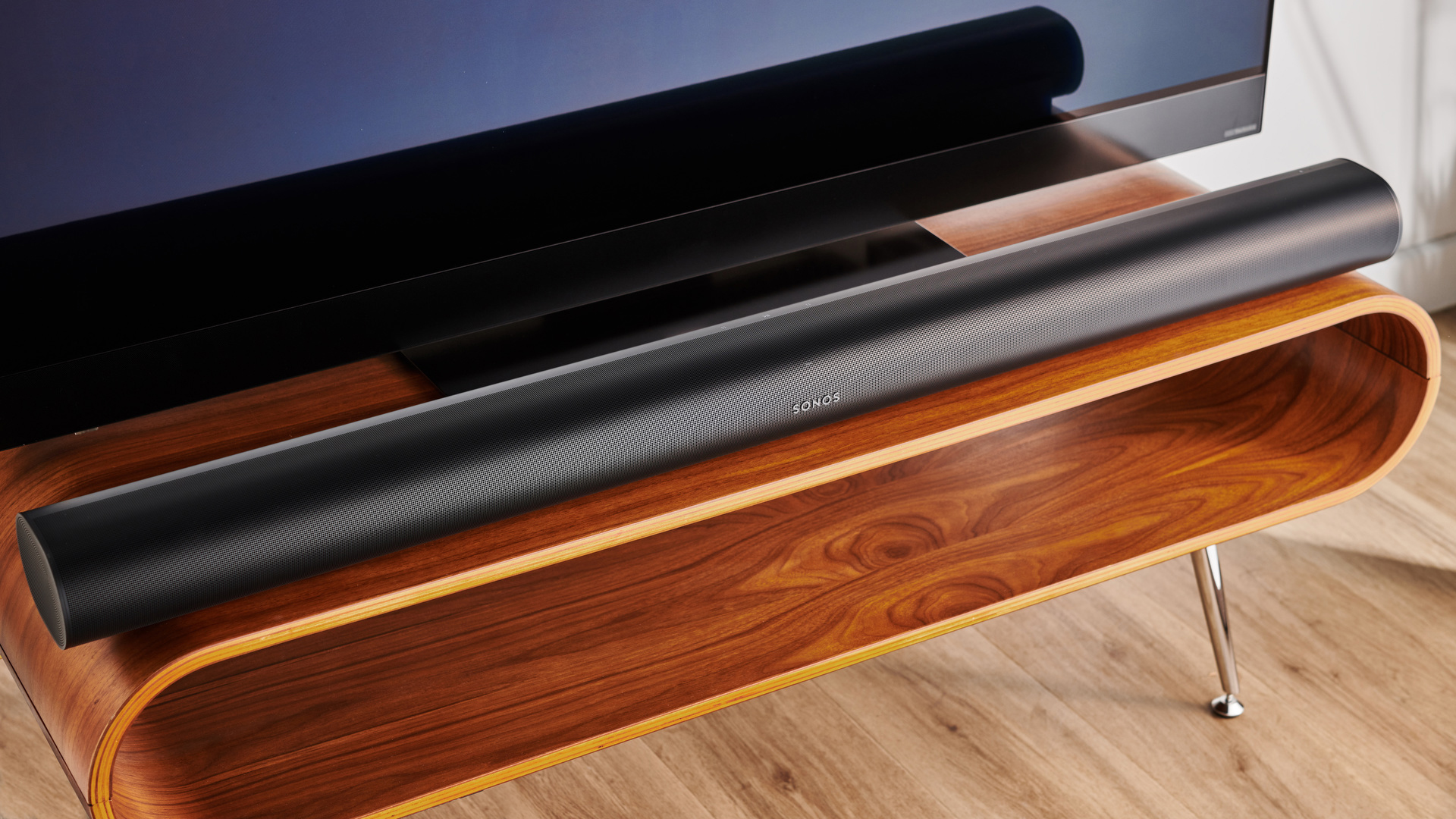
Soundbars vs surround sound: price
For the most part, cost is a big win for soundbars. You can pick up a unit right now for under $40 / £30, with many models from a range of manufacturers coming in at under $100 / £100. Even a fairly basic surround system comprising a multichannel amp and a 5.1 speaker package will set you back around $500 / £500.
However, the price situation becomes more complicated as you start to look through the colossal range of soundbar options now available. By the time you get to packages that include a wireless subwoofer to a basic stereo sound configuration, for instance, you’re up to starting prices of around $220 / £180.
Soundbar models such as Samsung’s 5.0-channel HW-S61A, which offer some sort of true multichannel support, come in around $300 / £300 – the same price point at which you can start to find support for the premium ‘object-based’ Dolby Atmos and DTS:X sound formats. Although note that this Atmos/DTS:X support is usually only ‘virtual’ at this price, delivered via simple 2.1 speaker setups and clever audio processing.
While there are of course exceptions, experience suggests that it’s typically only when you get to an asking price of $500 / £400 or so that soundbars begin to get serious on the sound quality front. The Sonos Beam (Gen 2) arrives at $399 / £339, for instance, while Samsung’s HW-Q700A 3.1.2 soundbar with Dolby Atmos support currently costs $700 / £500.
Above $650 / £500 is where you’ll find the soundbars from widely respected ‘hi-fi’ audio-focused brands such as Polk, Yamaha, Denon and Klipsch, and up from there you’re mostly looking at higher numbers of dedicated channels and ever more power – all the way up to Samsung’s remarkable 11.1.4-channel $1,499 / £1,299 HW-Q950A, Sony’s ultra-powerful $1,399 / £1,299 7.1.2-channel HT-A7000, and LG’s $1,695 / £1,499 SP11RA 7.1.4-channel soundbars.
There are specialized models still from high-end audio brands that cost upwards of $1,900 / £1,500; but the point is that while soundbars can improve your TV sound for very little money, the range of quality and sound features they offer is now pretty colossal.
The cheapest traditional surround sound systems we found while writing this article were a $499 (about $650) Yamaha YHT1840 package and a $549 / £499 Onkyo HT-S3910 package, both of which comprise an AVR plus 5.1 speaker package.
Add more AVR power, more speaker power, more audio channels, Dolby Atmos and DTS:X decoding and more premium designs and prices start to escalate fast – faster than they do in the soundbar world. Not least because the more audio channels you want, the more physical speakers you’ll need to buy.
You might even have to factor installation costs into the equation, if you want to install overhead speakers in your ceiling for true Dolby Atmos overhead effects. (Dolby Atmos soundbars with ‘actual’ rather than ‘virtual’ height channel support, by comparison, use up-firing drivers to reflect Atmos over-head effects off your ceiling).
Ultimately, this brings us back to even the more expensive soundbars comfortably winning out on price over most separates surround systems. After all, as noted earlier, the Samsung Q950A soundbar delivers no less than 16 distinct channels of sound – imagine the cost of adding that many separate speakers to a system. Even if you find an AVR capable of supporting such a speaker count.
Soundbars vs surround sound: design
If you’re looking for a home cinema audio experience that makes as little physical impact on your living room as possible, then a soundbar will be the best option. After all, while many – too many, perhaps – soundbars and any attendant subwoofers and rear speakers will simply be black boxes, they do at least tend to be relatively small.
In addition, let’s not forget that the whole idea of a soundbar is that it sits under your TV screen, becoming an extension of what’s already a big chunk of technology dominating your room. Plus, of course, soundbar components can fit multiple channels into single pieces of hardware. For instance, Samsung’s Q950A fits seven channels into its main soundbar and three channels into each of its two rear speakers. Just imagine how your room would look with that many separate speakers lying around. Also, with a soundbar there’s no need to find shelf space and cabling for an AV receiver.
However, you can find surround speaker systems that use pretty small speakers. For instance, the $1,100 / £599 Monitor Audio MASS 5.1 system features five speakers that measure just 122(w) x 147(h) x 107(d)mm each, while Focal’s $3,999 / £1,799 Dome Flax 5.1 speaker pack includes satellites that measure 172(w) x 144(h) x 143(d)mm.
Most surround speaker systems are substantially larger than that, of course. But here’s the thing: bigger doesn’t have to mean uglier. Many surround speaker systems are super-attractive. Look at the images of the Monitor Audio Silver system shown on this page, for instance. While surround speaker systems may present more significant installation challenges, they can still be easy on the eye if you can spare the space.
Don’t forget about in-wall speaker systems, either. These let you install as many channels as you like – including, potentially, true overheads – without eating up any room space at all. The catch being that fitting speakers into walls and ceilings can result in a pretty extensive – and potentially expensive – installation process.
In the end, the setup you choose will depend on whether you want a neat, more discreet solution, or one that’s more glamorous, with very visible speakers.
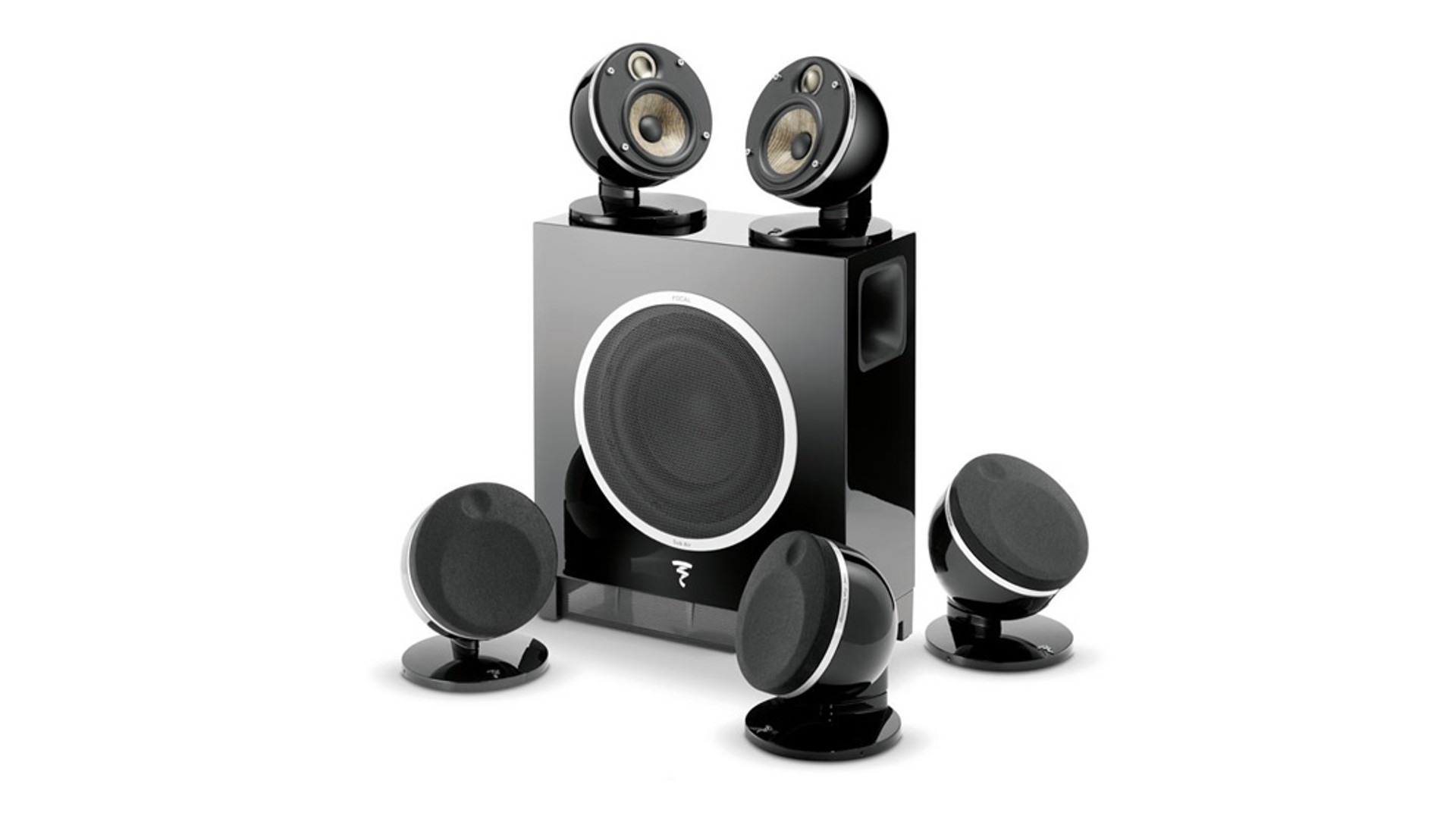
Soundbars vs surround sound: audio performance
With hi-fi and AV brands alike embracing the soundbar market these days, the best units sound remarkably good for products built ostensibly with convenience in mind. Much, much better than you’d believe possible for such compact products.
As a general rule, however, a good-quality surround system should deliver better sound quality than a soundbar. Regardless of whether you’re listening to music or a Dolby Atmos/DTS:X multichannel movie soundtrack.
Even Dolby Atmos/Spatial Audio music mixes sound their best when played through a surround sound system, despite Apple generally marketing its Spatial Audio system as a great option for headphones or relatively limited speaker systems.
Part of this is down to the extra space available in most surround system speakers, which gives sound more breathing room. The precise quality and ‘scale’ of a surround system’s presentation will vary hugely, depending on everything from the size of speakers you opt for, their price, and the abilities of their manufacturer. In fact, the choices are almost limitless – especially if money is no object. Soundbars may be remarkably clever at getting a lot of sound from small drive units and limited space, but you can only defy the laws of audio physics so far.
Separate speaker systems can and do use their size, too, to develop mechanical designs that deliver better dynamic range, with more precise treble, bass and mid-range sounds.
Another issue with soundbars is that many models, especially those at the affordable end of the market, come with only a limited number of actual physical channels. Instead, they rely on virtualization processing to create a sense of multichannel sound that’s never as effective as using actual physical speakers such as those in surround speaker systems.
Even soundbars that pack in lots of actual physical channel drivers will inevitably have to put most of those drivers in very close proximity to one another, meaning you won’t get such a strong sense of space and soundstage detailing as you will with multiple speakers physically spread out around your room.
Almost all multichannel soundbar systems rely on some sort of reflective technology for their channels, bouncing effects off side walls or ceilings. While this can help create an immersive hemisphere, or dome of sound, it’s no replacement for the direct sound you can get from speakers placed down the sides of the room or above your head. Or behind you, given that most soundbars don’t ship with rear speakers or even make much effort to bother with surround effects at all.`
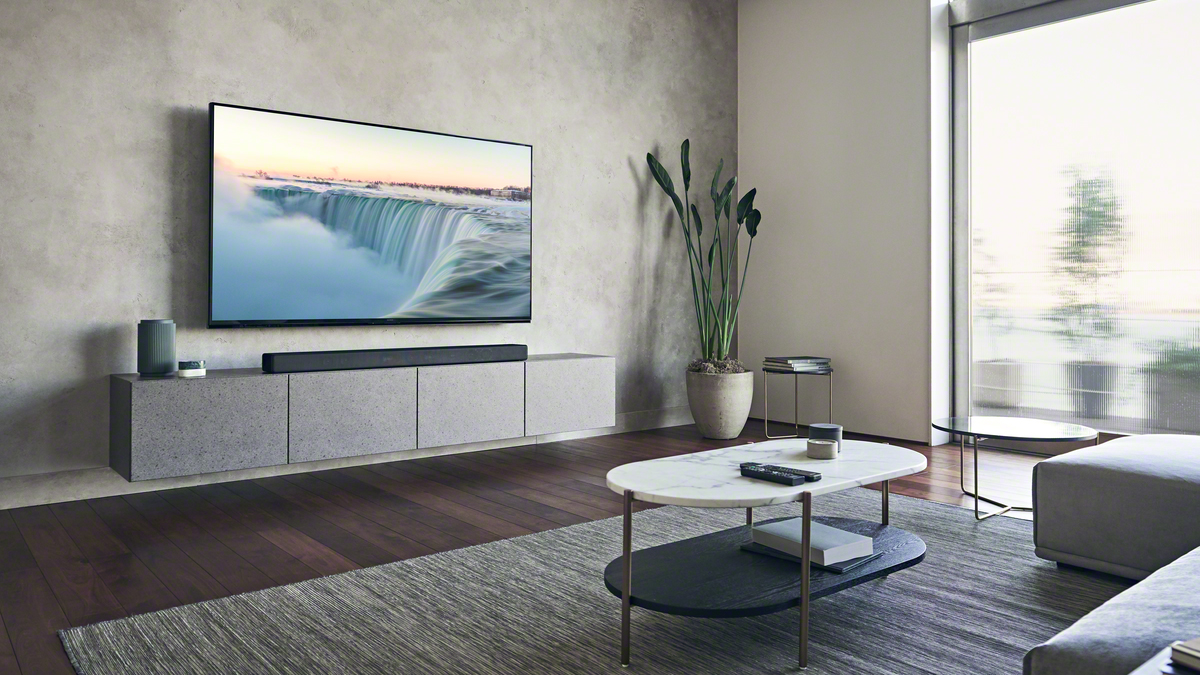
Soundbars vs surround sound: connectivity
Even a pretty basic surround sound system will outgun the most high-end soundbar when it comes to connectivity. This is simply because surround systems require you to get a multichannel AV receiver or amp, and these days even the most affordable AVRs – such as the £299 (about $390) Yamaha HTR2071 – tend to carry at least four HDMI inputs and one HDMI output. Not to mention both coaxial and optical digital audio inputs and analogue PCM line inputs.
Soundbars, by comparison, offer a maximum of two HDMI inputs, one line input and either a coaxial or optical digital audio input (as opposed to both).
The HDMIs are the most important distinction, since the more of these you have, the easier it is to use your audio device as a switching box for all your AV sources, putting it – and its high-quality sound – at the heart of your home entertainment system.
The arrival of eARC technology, which allows compatible TVs to pass lossless sound – even Dolby Atmos and DTS:X – over HDMI to compatible devices has given soundbars a way round their limited HDMI provisions. However, there can be issues with eARC, such as signal delays.
A number of the very latest AVRs also support pass through of games at 4K/120Hz, with variable refresh rates feeds via at least one or two of their HDMIs, whereas so far there isn’t a single soundbar that lets gamers pass such signals through their HDMIs.
One connectivity wrinkle that’s emerged over the past couple of years is the way that some AV brands – most notably Sony, Samsung and LG – have introduced technologies that allow their soundbars to join forces with the speakers and audio-processing features in their TVs.
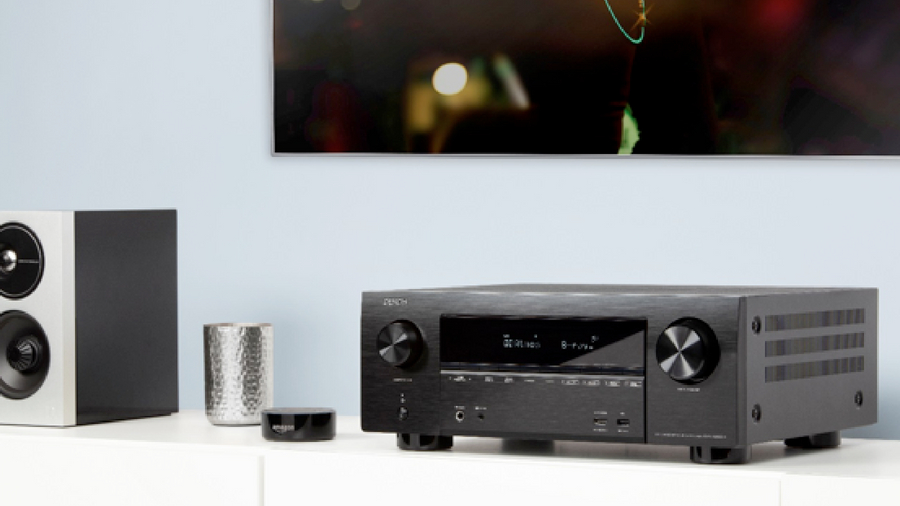
Takeaway
The days when soundbars existed to simply offer better sound than your TV’s speakers in the most convenient form factor possible are long gone. There are soundbars out there now that can deliver really outstanding sound quality for both listening to music and watching movies. However, there remain fundamental differences between soundbars and separate surround systems that make each better suited overall to different tastes and needs.
Soundbars are still typically the best option for main living rooms, even if you opt for a relatively expensive model with physical rears and subwoofer units. Especially if that living room isn’t particularly large and/or features an awkward shape or layout.
Single-bar soundbars make next to no impact on your decor or space, and even where a soundbar ships with external speakers, the rear units are always pretty compact, while subwoofers are designed so that they can be tucked behind sofas or under sideboards without impacting sound.
They’re also substantially cheaper – almost always, in fact, if you compare like for like in terms of the number of audio channels supported – than separate surround systems.
And, ultimately, the greatest thing about soundbars is that they provide AV fans with a way to enjoy a more cinematic audio experience than is possible from their TV speakers, where a full surround system isn’t really an option.
Regular (as opposed to in-wall) surround sound systems are more the domain of either dedicated home cinema rooms, and/or people who value sound quality above convenience and cost. For sound quality, there really is no replacement for a decent array of speakers accurately positioned around your room.
Buyers of separates systems will need to conduct more research to get the best combination of AVR and speakers, and the best size and power of speakers for their room. They’ll face tougher installation challenges, too, and they’ll almost certainly have to pay substantially more for their system. But the rewards in terms of the final experience will be worth the effort.
To bring all this together in a single sentence – if you’re short of space, cash or time, soundbars are for you; but if getting the very best home theater sound experience possible is the priority, then a good surround system is hard to beat.
Get daily insight, inspiration and deals in your inbox
Sign up for breaking news, reviews, opinion, top tech deals, and more.
John has been writing about home entertainment technology for more than two decades - an especially impressive feat considering he still claims to only be 35 years old (yeah, right). In that time he’s reviewed hundreds if not thousands of TVs, projectors and speakers, and spent frankly far too long sitting by himself in a dark room.
